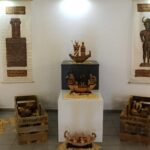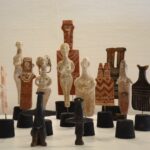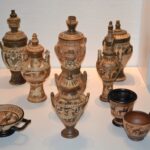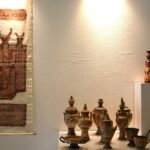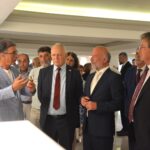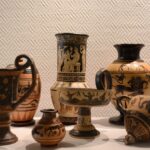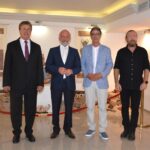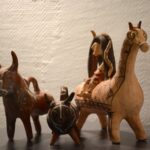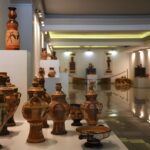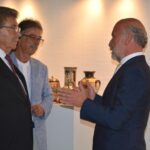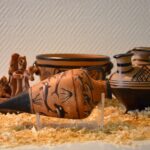
The 150-piece “Memory of the Soil from Neolithic to Middle Ages” exhibition, consisting of replicas made with original techniques of Cyprus ceramic works, the originals of which were taken out of the island during the British period and scattered all over the world, from the British Museum to the Metropolitan Museum, was opened at the Near East University Atatürk Culture and Congress Center Exhibition Hall with the participation of the President of the National Assembly Zorlu Töre and Prime Minister Ünal Üstel.
The island of Cyprus has had an important place in ceramic production and techniques in this field since prehistoric times. Ceramic works found in archaeological excavations in Cyprus are of great importance as they show the cultural interactions and commercial relations in different periods of not only the island but also the Mediterranean. However, it is known that tens of thousands of ceramic works unearthed in Cyprus were taken out of the island, especially during the British period between 1878 and 1960. These works are scattered all over the world, from the British Museum to the Metropolitan Museum.
Turkish Cypriot researcher and artist Rauf Ersenal created a huge collection of 150 pieces by tracing the works unearthed in archaeological excavations in Cyprus but scattered in museums in different countries of the world, using the soil of the regions where they were found and the original cooking and painting techniques of their periods. The collection, created by Rauf Ersenal with 24 years of hard study, met with art lovers with the exhibition “Memory of the Soil from Neolithic to Middle Ages” held by the Cyprus Museum of Modern Arts at the Near East University Atatürk Culture and Congress Center Exhibition Hall.
At the opening of the exhibition, which was also attended by the President of the National Assembly Zorlu Töre, Prime Minister Ünal Üstel, Near East University Deputy Rector Prof. Dr. Mustafa Kurt and artist Rauf Ersenal made speeches.
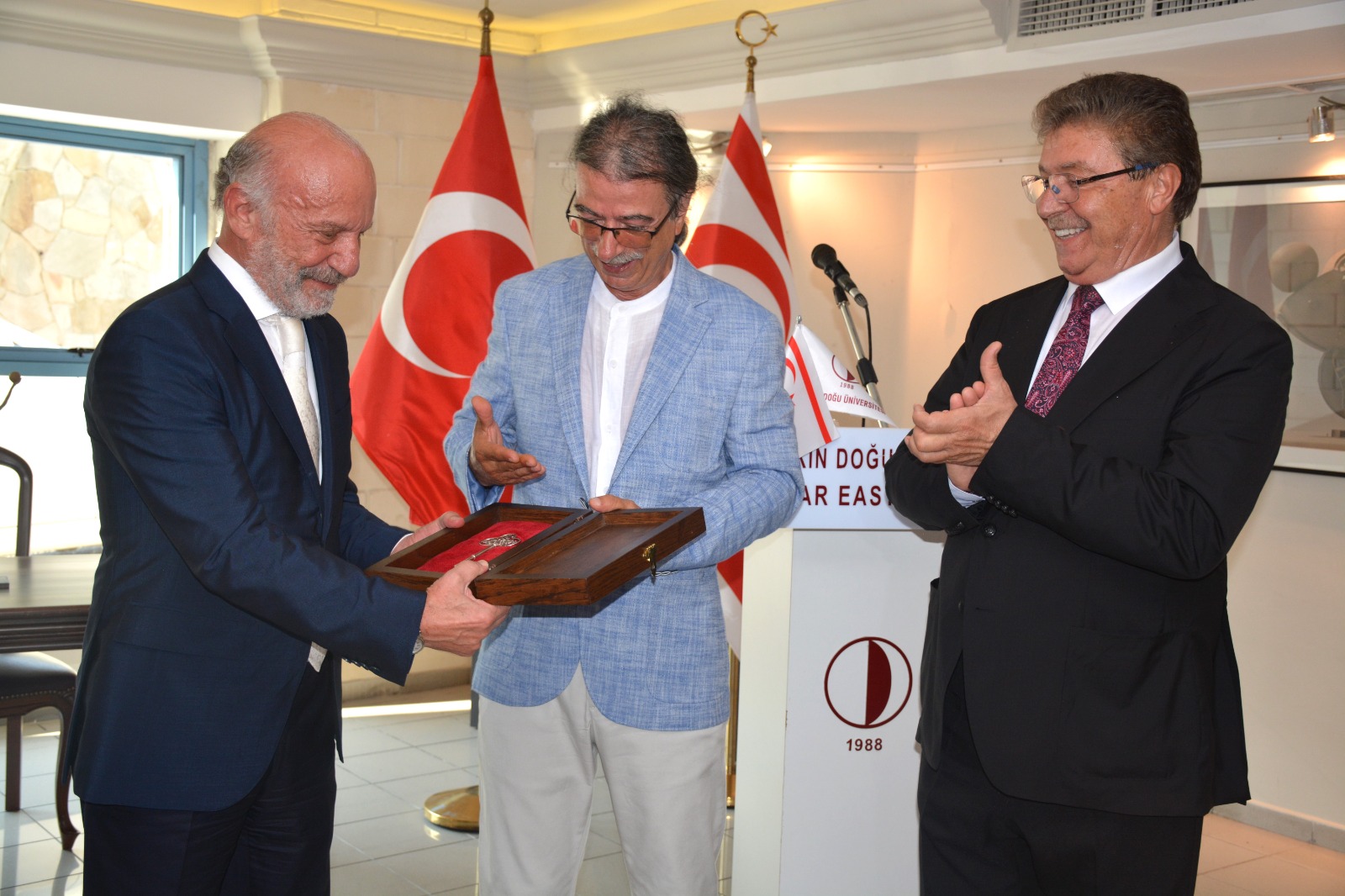
Silver Key Honor Award was given to Rauf Ersenal
After the speeches, artist Rauf Ersenal was presented with the Cyprus Museum of Modern Arts Silver Key Honor Award given by the Founding Rector of Near East University, Dr. Suat İrfan Günsel and Prime Minister Ünal Üstel.
In his speech while giving the Cyprus Museum of Modern Arts Silver Key Honor Award to Rauf Ersenal, Near East University Founding Rector Dr. Suat İrfan Günsel said that he met Ersenal 36 years ago when he founded the Near East University. Dr. Suat İrfan Günsel said, “At that time, I had an intense desire to establish a university, but there were people who tried to hinder my desire even more intensely. I fought hard to transform Near East University into one of the best universities in the world. What we have done in the past 36 years is obvious. The works that Rauf Ersenal created with his great efforts in the same period are also evident. Today I want to say to dear Rauf that I would rather be where you are right now. And if you wish, you can be where I am now.”
Rauf Ersenal ithanked Dr. Suat Günsel and said, “This silver key I received has magnified the happiness I have had today thousands of times. This key will provide the motivation I need in my future research and will be the key that will open all the doors in front of me.”
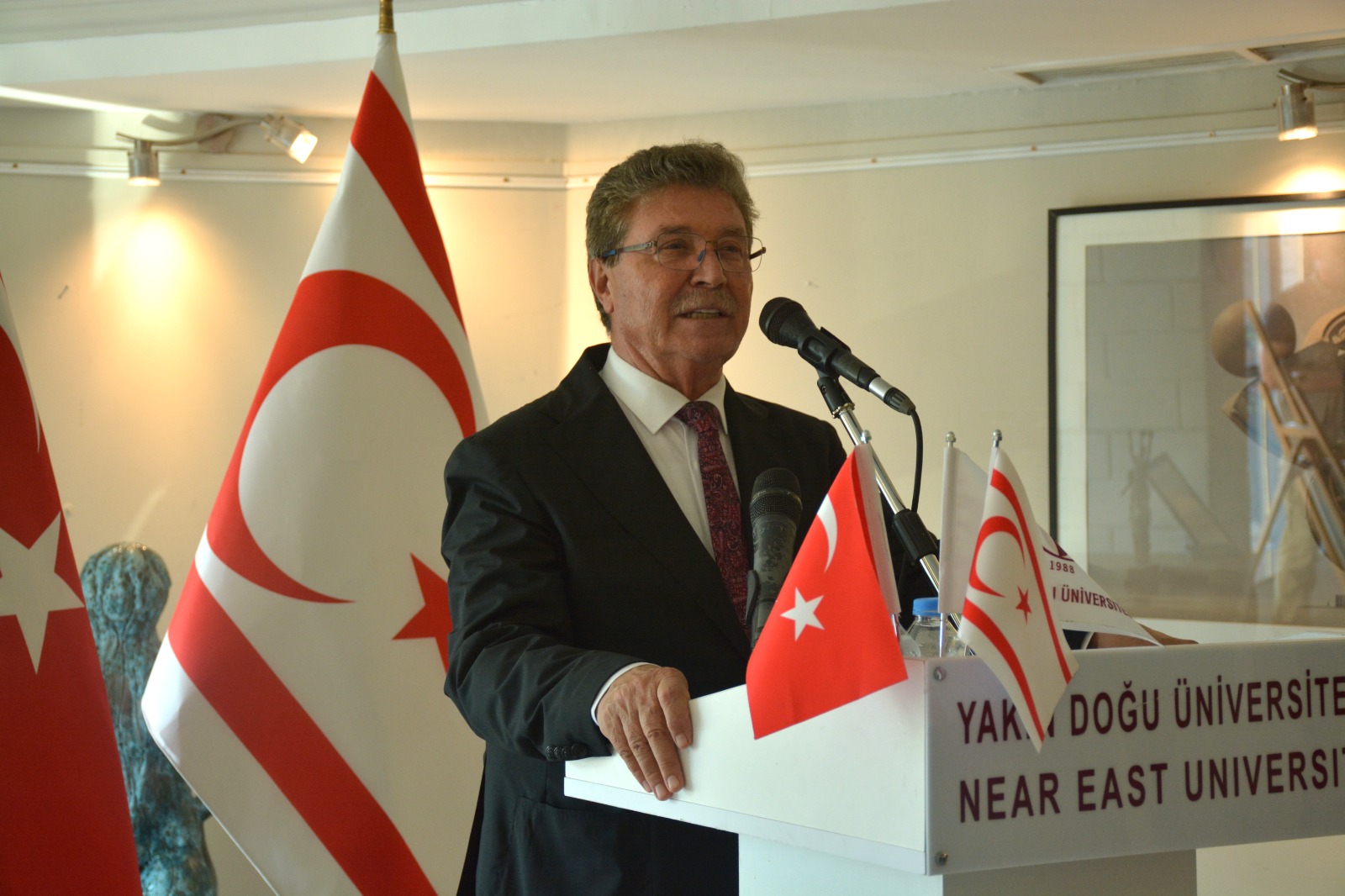
Ünal Üstel: “It is a great privilege to see these works that, as a result of 24 years of meticulous work and dedication, carry a seven thousand year old legacy to the present day.”
In his speech, Prime Minister Ünal Üstel emphasized that the “Memory of the Soil from Neolithic to Middle Ages” exhibition offers the opportunity to rediscover the rich history and cultural heritage of Cyprus and said, “I congratulate the Near East University, the Cyprus Museum of Modern Arts and our artist Rauf Ersenal for their efforts, who made us experience these valuable feelings.”
Prime Minister Üstel said, “It is a great privilege to see these works together today, which carry a seven thousand year old legacy to the present day as a result of Rauf Ersenal’s 24 years of meticulous work and dedication.Unfortunately, it is unacceptable that many of these valuable works are far away from our country.In addition to emphasizing the importance of our cultural heritage, this exhibition also reminds us of our responsibility to carry and protect this heritage to future generations.”

Prof. Dr. Mustafa Kurt: “The soil, enriched with the ruins of past civilizations, becomes a repository of collective memory.”
Near East University Deputy Rector Prof. Dr. Mustafa Kurt stated that ceramic art, like literature, carries deep meanings and conveys human emotions and said, “Today, we will have the opportunity to observe these works that preserve the echoes of our ancestors’ lives, their creativity and their ties with the world.”
Referring to the title of the exhibition, ‘Memory of the Soil’, Prof. Dr. Mustafa Kurt said, “This title offers a touching metaphor that reminds us of the deep relationship between humanity and the soil. The soil, enriched with the ruins of past civilizations, becomes a repository of collective memory. These memories are shaped, ignited and transformed into permanent works of art in the hands of craftsmen and artists.”
Prof. Dr. Mustafa Kurt emphasized that each curve, secret and pattern of ceramic works has its own language and said, “The works in this exhibition are not just objects; they are texts written with stories, dates and emotions. In addition to appreciating the technical mastery and aesthetic beauty of the works, I recommend that you also consider their deeper meaning and resonance. Remember that these works create a bridge between the personal and the social, the past and the present.”
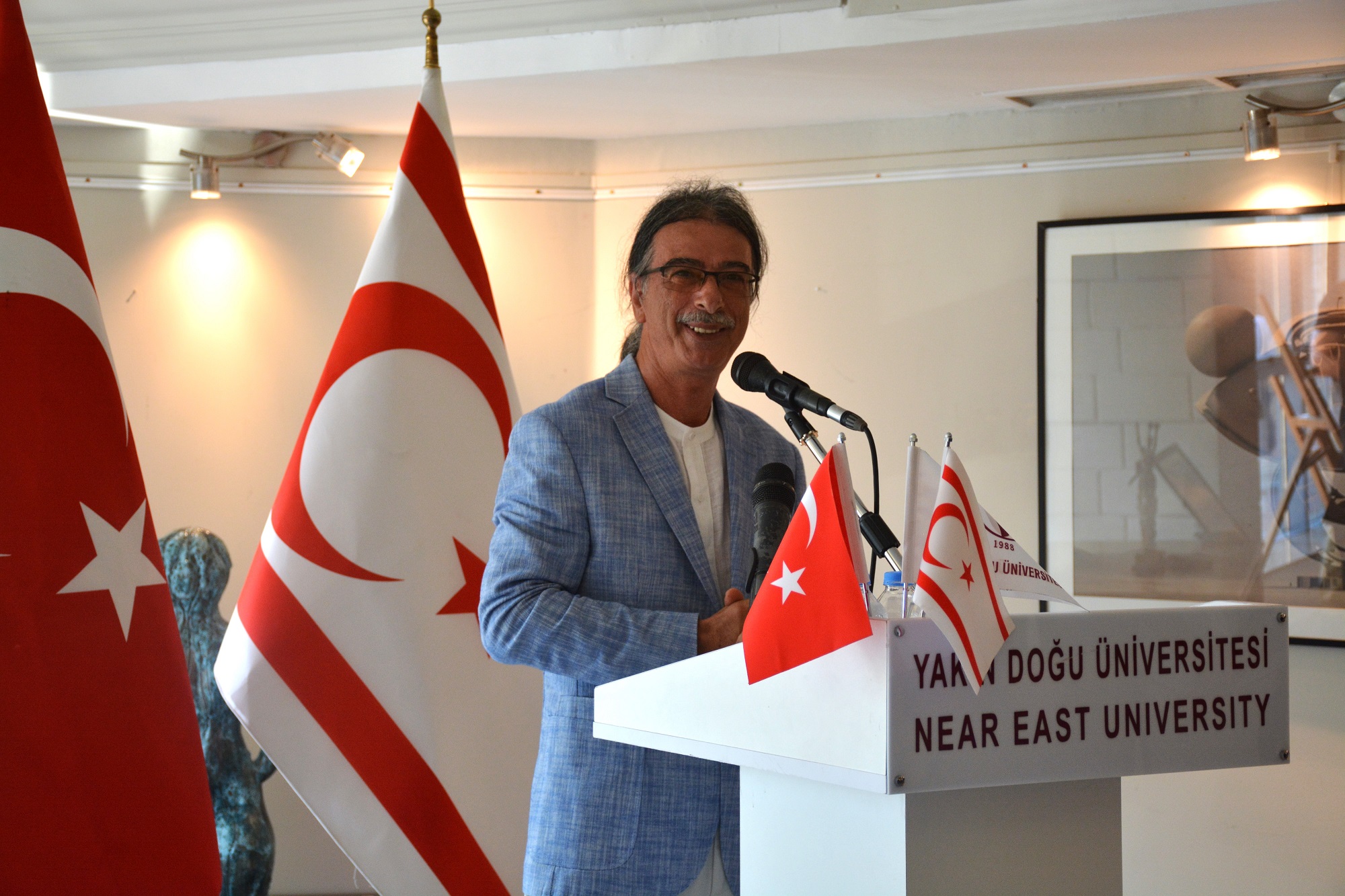
Rauf Ersenal: “I wanted to bring these works, which were scattered all over the world, to my country by reproducing them with the original techniques of the period.”
Speaking at the opening of his 150-piece solo exhibition, which he created with 24 years of effort, Rauf Ersenal emphasized that “Memory of the Soil from Neolithic to Middle Ages” was his first exhibition and said that he was happy to bring thousands of years of cultural heritage to today with his artworks. Ersenal said, “The artworks in the exhibition, even though their names are not written on them and their identities are unknown, are the works of people who were born and produced in these lands thousands of years ago. We can see the happiness, unhappiness, wars, peace and lives of these people in these works.”
Stating that he observed that the artists produced artworks with great care and happiness despite the famine and misery experienced in the early periods when ceramics were first made, Ersenal said that he started researching the works smuggled from Cyprus about 24 years ago and realized that tens of thousands of works were scattered all over the world. Rauf Ersenal, who said that the world’s largest museums were founded with works taken from Cyprus, said, “I wanted to bring these works, which were scattered all over the world, to my country by reproducing them with the original techniques of the period.”
Stating that Cyprus has been an island famous for its ceramics for thousands of years, but today this productivity and constructive history of the past has disappeared, Ersenal said, “Thus, I dreamed of bringing these works to our country, even if symbolically. In fact, I was just an apprentice of ancient history and I learned a lot in the process.” Ersenal added that the organic dyes used in past works have disappeared over time, only traces remain, and that he is now working on the organic dyes of Cyprus.
Rauf Ersenal stated that he started making these works 24 years ago with the dream that they would one day find a response, and explained the formation process of the exhibition; “Near East University Founding Rector Dr. Suat Günsel called me one day. we had a meeting and talked about exhibiting my artworks… He told me that it was time to turn my works into an exhibition. I just said it would be an honor for me.”
“Man is born, grows, produces, consumes while producing. But the most important thing is what he actually left behind. I will live with the happiness of knowing that I left behind these works while I was still alive.”
